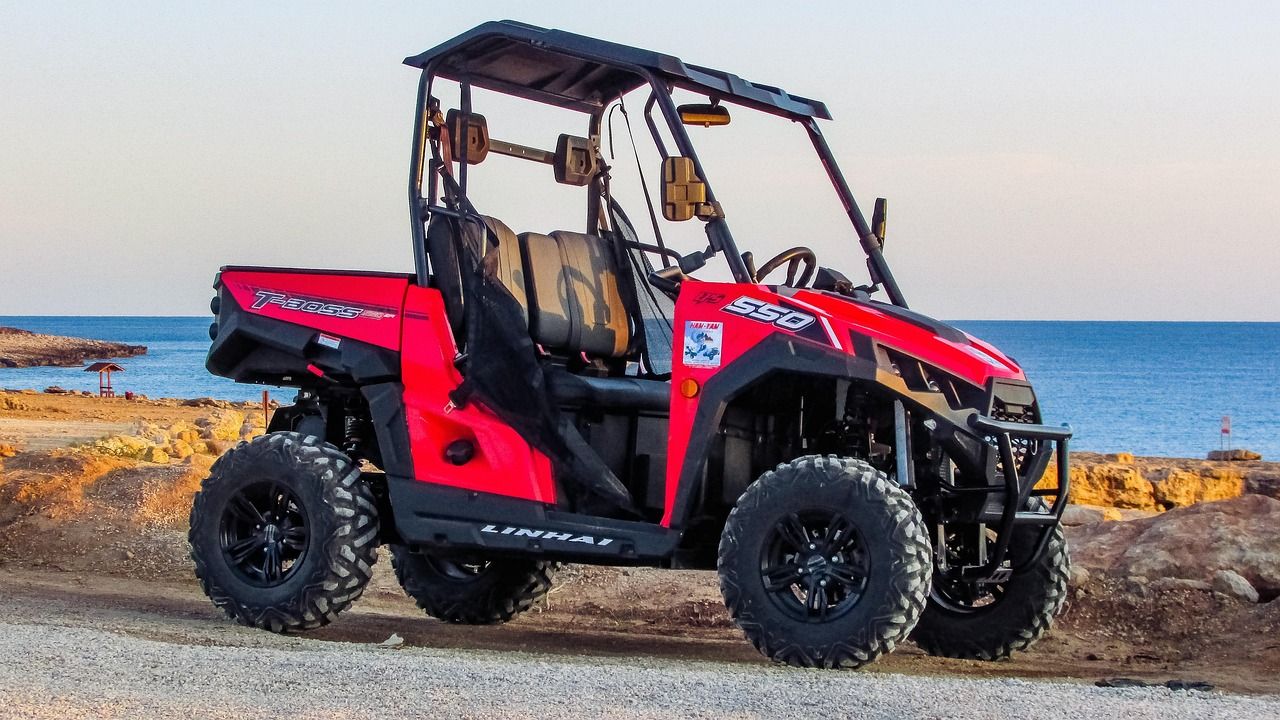Understanding horsepower and torque is essential for any UTV owner aiming to maximize performance. These two engine metrics determine how your vehicle accelerates, climbs steep terrain, and carries loads. For new owners, learning these basics provides a solid foundation, helping them make informed decisions about upgrades and maintaining their UTV’s overall efficiency.

Understanding Basic Horsepower vs. Torque
Horsepower and torque are key performance indicators for UTVs because they influence your vehicle’s power delivery, top speed, and ability to tackle diverse terrains. When you understand these fundamentals, it’s easier to decide on modifications, upgrades, and driving techniques that suit your style. To explore additional background on the essential concepts of UTV horsepower vs torque basics, start here.
- Acceleration: Torque plays a major role in how quickly your UTV gets moving. A vehicle with higher torque at lower RPMs can accelerate faster from a standstill, which is beneficial when navigating tight trails or powering out of corners.
- Top Speed: Horsepower becomes increasingly important when it comes to sustained top speeds. On straightaways or open terrain, higher horsepower output helps your UTV maintain higher velocities over longer distances.
- Towing and Hauling: If you plan on towing trailers or hauling heavy cargo, torque is your best friend. More torque generally means better pulling power and less strain on the engine when carrying significant loads.
Key Concepts and Essential Information for Horsepower vs. Torque
Both horsepower and torque determine different aspects of a UTV’s overall performance. Knowing how they work together will help you make informed decisions about your vehicle’s powertrain. For further insights and gear to optimize your UTV engine, check out our UTV engine performance resources.
- Why Horsepower Matters for Speed – Horsepower is a measure of how quickly an engine can perform work. If you crave higher top speeds, focusing on horsepower upgrades (like improved airflow or exhaust systems) can be crucial.
- Why Torque Is Essential for Climbing and Hauling – Torque measures the rotational force of your engine. More torque at lower RPMs is particularly important for climbing steep hills, rock crawling, or towing heavy loads.
- Balancing Horsepower and Torque – Striking the right balance means optimizing both power and force. A well-rounded approach helps you accelerate quickly without sacrificing top-end speed, making your UTV more versatile across varied terrains.
- Engine Modifications for Improved Performance – From upgrading to performance exhausts to re-mapping the engine’s ECU, targeted modifications can enhance horsepower and torque in ways that align with your specific off-road needs.
Getting Started with Horsepower vs. Torque: A Beginner’s Guide
If you’re new to UTVs, understanding how horsepower and torque affect your vehicle’s performance can be a game-changer. Whether you want to fine-tune your ride or simply learn the basics, follow these steps. For more in-depth articles, visit our UTV horsepower vs torque blog guides.
- Identify Your Driving Style and Terrain – Consider where and how you drive. Do you frequently tackle muddy trails, sand dunes, or steep inclines? Your typical environment will dictate whether more horsepower or more torque is the priority.
- Choose Modifications Based on Performance Goals – If you want quick acceleration, you might emphasize torque-enhancing mods (like a clutch kit). If you desire higher top speeds, look into horsepower-boosting additions (like an upgraded exhaust system).
- Study Engine Performance Curves – Learning how to read horsepower and torque curves on a dyno chart helps you see where your UTV’s power band lies. This insight allows you to adjust your riding or modifications for peak performance.
Developing Safe Practices and Essential Habits for Horsepower vs. Torque
Even with a solid understanding of power metrics, safe and responsible driving habits are crucial for preserving your UTV’s performance. Regularly monitor engine temperature, maintain proper tire pressure, and stay on top of routine checkups. These practices not only protect your engine but also ensure you can fully leverage your UTV’s horsepower and torque without risking mechanical issues.
Seeking Further Knowledge and Professional Guidance on Horsepower vs. Torque
When your performance goals become more advanced—like installing turbochargers or making major engine modifications—professional help can be invaluable. Specialists can ensure your upgrades are safe, compatible with your vehicle, and optimized for your specific needs. Explore UTV expert advice for additional guidance and assistance in enhancing your ride.
Disclaimer: This information is for general guidance. Always consult your UTV’s manual and qualified professionals for advice tailored to your specific model and circumstances.
Key Takeaways for New UTV Owners
Balancing horsepower and torque is the key to unlocking your UTV’s full potential. Remember these core points:
- Horsepower affects your UTV’s ability to sustain higher speeds.
- Torque impacts acceleration, climbing power, and hauling capacity.
- Strive for a balance that matches your preferred style of riding.
- Seek professional input when making significant engine or drivetrain modifications.
With these fundamentals, you’ll be able to make smart decisions about upgrading, maintaining, and safely operating your UTV. Enjoy the ride!
